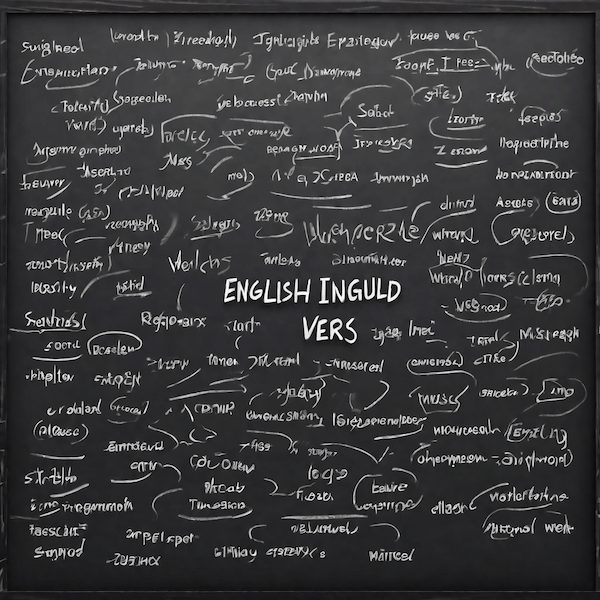
Verb tenses are an essential aspect of English grammar that helps us express different time frames and actions. Understanding and using verb tenses correctly is crucial for effective communication. In this article, we will explore the different verb tenses in English grammar and their usage.
Present Tense
Simple Present
The simple present tense is used to describe actions or states that are habitual, factual, or general truths. It is formed by adding the base form of the verb to the subject. For example:
- I play the guitar.
- She reads books.
Present Continuous
The present continuous tense is used to describe actions that are happening at the current moment or are in progress. It is formed by using the present tense of the verb “to be” and adding the present participle (-ing) form of the main verb. For example:
- They are eating dinner.
- He is studying for his exam.
Present Perfect
The present perfect tense is used to express actions that began in the past but have a connection to the present. It is formed by using the present tense of the verb “to have” and adding the past participle form of the main verb. For example:
- We have seen that movie before.
- She has traveled to many countries.
Present Perfect Continuous
The present perfect continuous tense is used to describe actions that started in the past, continue in the present, and may continue into the future. It is formed by using the present perfect tense of the verb “to have” and adding the present participle (-ing) form of the main verb. For example:
- They have been working on this project for weeks.
- I have been studying all day.
Past Tense
Simple Past
The simple past tense is used to describe actions that happened and were completed in the past. It is formed by adding the past tense form of the verb to the subject. For example:
- She went to the store yesterday.
- They played soccer last weekend.
Past Continuous
The past continuous tense is used to describe actions that were in progress at a specific point in the past. It is formed by using the past tense of the verb “to be” and adding the present participle (-ing) form of the main verb. For example:
- He was studying when the phone rang.
- They were playing basketball at the park.
Past Perfect
The past perfect tense is used to describe actions that happened before another past action. It is formed by using the past tense of the verb “to have” and adding the past participle form of the main verb. For example:
- She had already finished her homework when her friend called.
- They had traveled to many countries before they settled down.
Past Perfect Continuous
The past perfect continuous tense is used to describe actions that were ongoing in the past and continued up until another past action. It is formed by using the past perfect tense of the verb “to have” and adding the present participle (-ing) form of the main verb. For example:
- He had been working for hours before he took a break.
- We had been waiting for a long time when the bus finally arrived.
Future Tense
Simple Future
The simple future tense is used to describe actions that will happen in the future. It is formed by using the modal verb “will” or “shall” and the base form of the main verb. For example:
- They will visit their grandparents next week.
- I shall call you later.
Future Continuous
The future continuous tense is used to describe actions that will be ongoing at a specific time in the future. It is formed by using the modal verb “will” or “shall,” the verb “to be,” and adding the present participle (-ing) form of the main verb. For example:
- She will be studying for her exam at this time tomorrow.
- We shall be traveling to Europe next month.
Future Perfect
The future perfect tense is used to describe actions that will be completed before a specific point in the future. It is formed by using the modal verb “will” or “shall,” the verb “to have,” and adding the past participle form of the main verb. For example:
- He will have finished his work by the time you arrive.
- They shall have completed their project by the end of the week.
Future Perfect Continuous
The future perfect continuous tense is used to describe actions that will be ongoing and have a duration before a specific point in the future. It is formed by using the modal verb “will” or “shall,” the verb “to have,” the verb “to be,” and adding the present participle (-ing) form of the main verb. For example:
- They will have been working on this project for six months by the time it is completed.
- She shall have been studying all day by the time the exam starts.
Conclusion
Understanding the different verb tenses in English grammar is essential for effective communication. Each verb tense has its own specific usage and helps us convey actions and events in different time frames. By mastering the rules and usage of verb tenses, you can express yourself accurately and clearly in both spoken and written English. Keep practicing and using these verb tenses to enhance your language skills and become a confident English speaker.
Leave a Reply